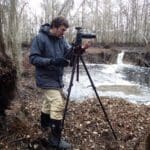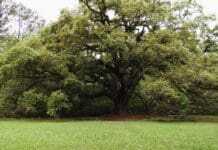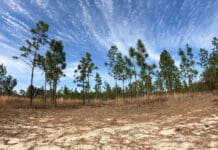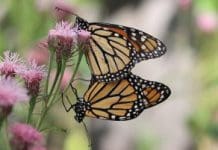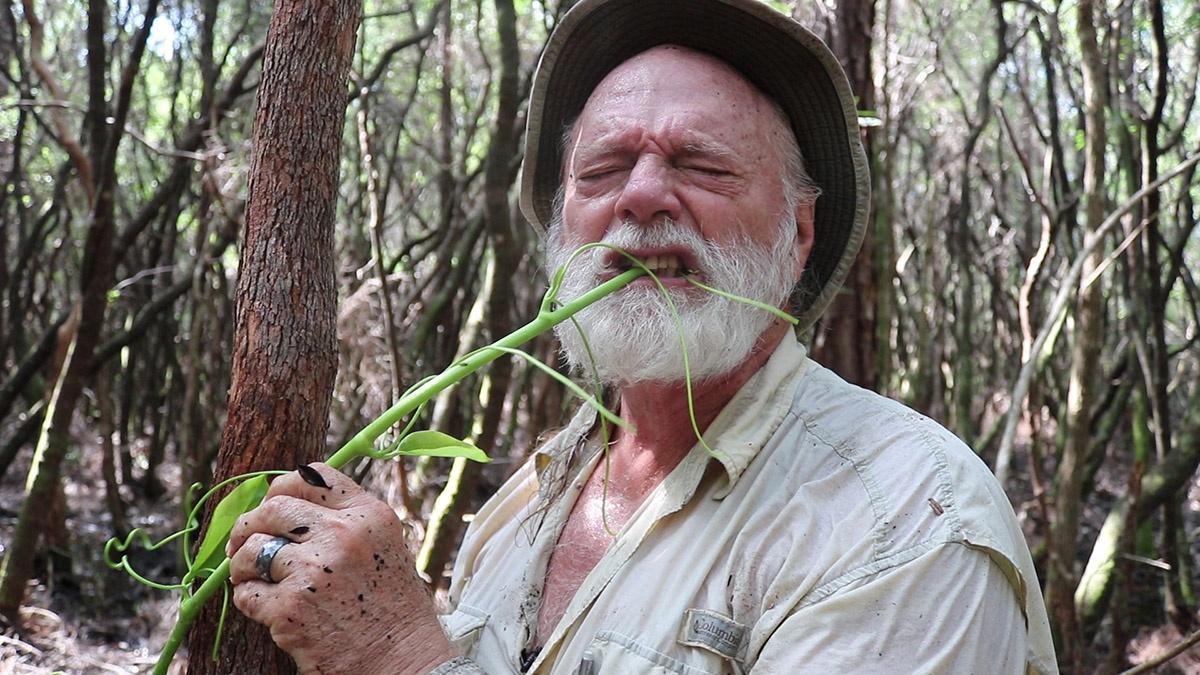

Originally Published: November 16, 2017
Deep in the Apalachicola National Forest, the Bradwell Bay Wilderness is the best remaining population of an animal in decline- the southern dusky salamander. Here, we learn the story of Bruce Means’s first salamander discovery.
Is there something you love doing enough to do it for over fifty years? Some do, and that’s why I’m here today. I’m following Bruce Means into a titi swamp in the Bradwell Bay Wilderness. He’d scour this place as a Florida State University graduate student in the 1960s, and today we’re on the same mission.
We’re on the hunt for southern dusky salamanders.
It’s the middle of the summer, and it’s been a rainy one. There’s water on the ground, unlike when we hiked out here last December with Dr. Means’s son, Ryan, and his family. It’s a little higher than Dr. Means likes for salamander searching. He works the edge of the water with a dip net, raising a scoop of leaves to his face and picking through it. No luck so far.
The yellow flies are biting, but it’s not as bad as in other years, Dr. Means says. We haven’t followed the Florida National Scenic Trail into the heart of the swamp, where the old, big trees are. We followed it to where the pine flatwoods transition to wetland, splashing under a canopy of black and red titi. Then Dr. Means took us off trail, which, when flooded, looks the same as the trail. I can see why there are so many stories of people getting lost here.
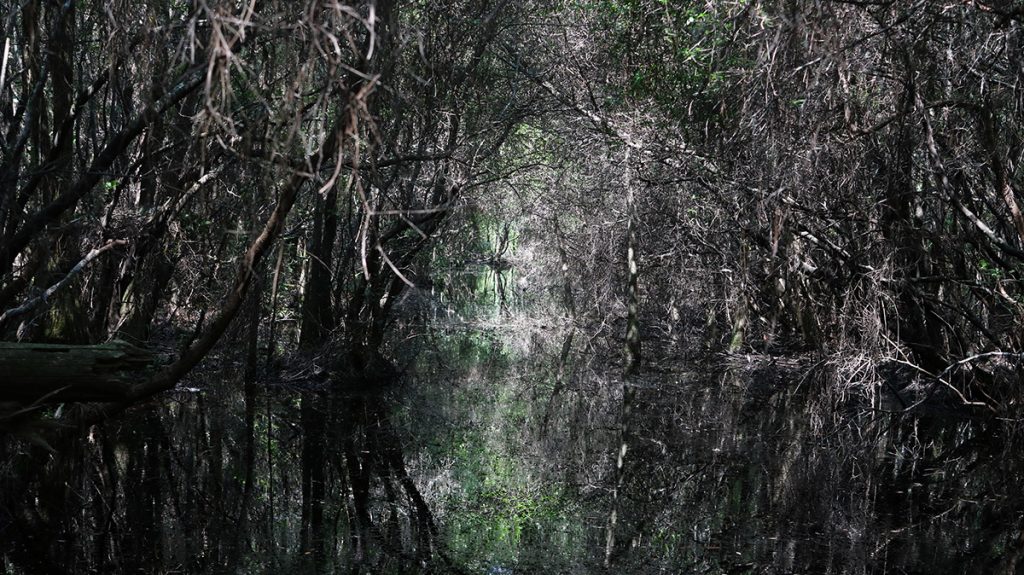

Rob Diaz de Villegas is a senior producer for television at WFSU Public Media, covering outdoors and ecology. After years of producing the music program OutLoud, Rob found himself in a salt marsh with a camera, and found a new professional calling as well. That project, the National Science Foundation funded "In the Grass, On the Reef," spawned the award-winning WFSU Ecology Blog. Now in its tenth year, the Ecology Blog recently wrapped its most ambitious endeavor, the EcoCitizen Project.
Rob is married with two young sons, who make a pretty fantastic adventure squad.

